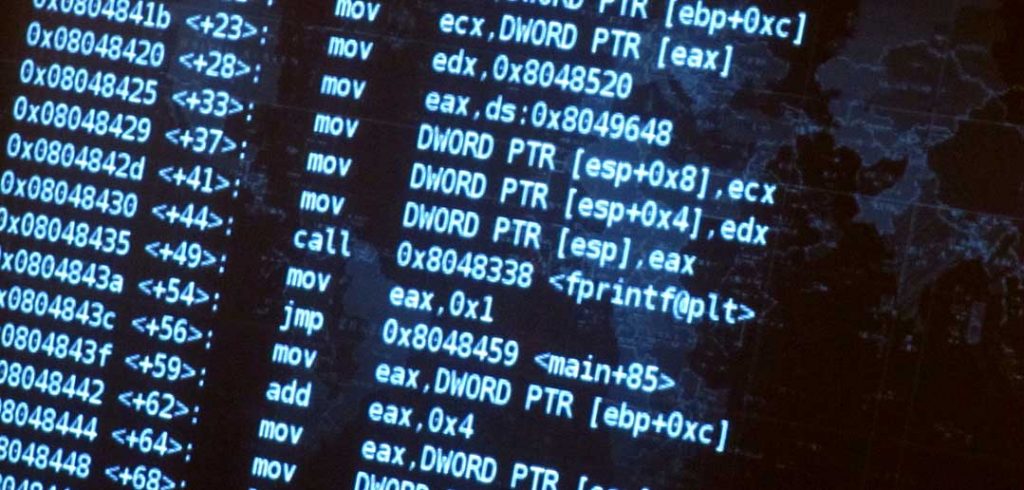Every day, it is estimated that we create 2.5 quintillion bytes of data, so much that 90 percent of the world’s data has been created in just the last two years.
That much information is both a blessing and a curse, because while more information than ever before is now available to professionals, it takes a rare set of skills to be able to analyze and extract the useful information from the vast quantity of data.
To help with that skillset, Fordham’s Graduate School of Arts and Sciences has unveiled a new master’s degree in data analytics, to debut this fall.
The degree is the third advanced degree, in addition to a master’s in computer science and one in in cyber security, to be offered by Fordham’s Department of Computer & Information Sciences.
Damian Lyons, PhD,, interim chair of the department, said that when looking at data analytics, experts in the field emphasize four V’s: volume, variety, velocity, and value.
“You’re looking for what is the useful trend or pattern that’s hidden in that vast amount of data, and you have to do it quickly because it may change in a moment.
“You have to look for the signal amidst the noise, as it were.”
Two courses—BIG DATA PROGRAMMING and CLOUD COMPUTING—have been created specifically for the interdisciplinary degree. The degree’s emphasis is also split into eight subspecialties:
• Big Data Computing and Networking
• Information and Cyber Security
• Bioinformatics and Health Informatics
• Financial Informatics
• Urban and City Informatics
• Election and Government Informatics
• Behavior Informatics
• Media Informatics
The first two specialties tackle the structure of big data, while the rest are geared to specific fields. In some areas of the economy, i.e., the financial industry, data analytics has long been an established part of doing business; in others, such as the medical field, it’s still a new development.
“We want to be able to provide those professionals with the background they need,” Lyons said. “They’re already professional in their own areas and [we]don’t aim to train them in those areas, but rather, in how data analytics can be leveraged in their area(s).”
The importance of the bioinformatics and health informatics area, for example, can be directly tied to a directive by the Affordable Care Act that heath care providers digitize patient information, he said. Data analytics can help providers put data to good use.
The information and cyber security area, on the other hand, addresses the flipside to having so much information at your fingertips. Unscrupulous actors can probe systems to find weaknesses and breach data.
Given how quickly the world is being connected by information systems large and small, Lyons said it’s difficult to imagine an area where data analytics can’t be applied.
“If we look at the crucial trend in the analysis of data and data analytics itself, [we see that]the trend is it’s everywhere,” he said.

